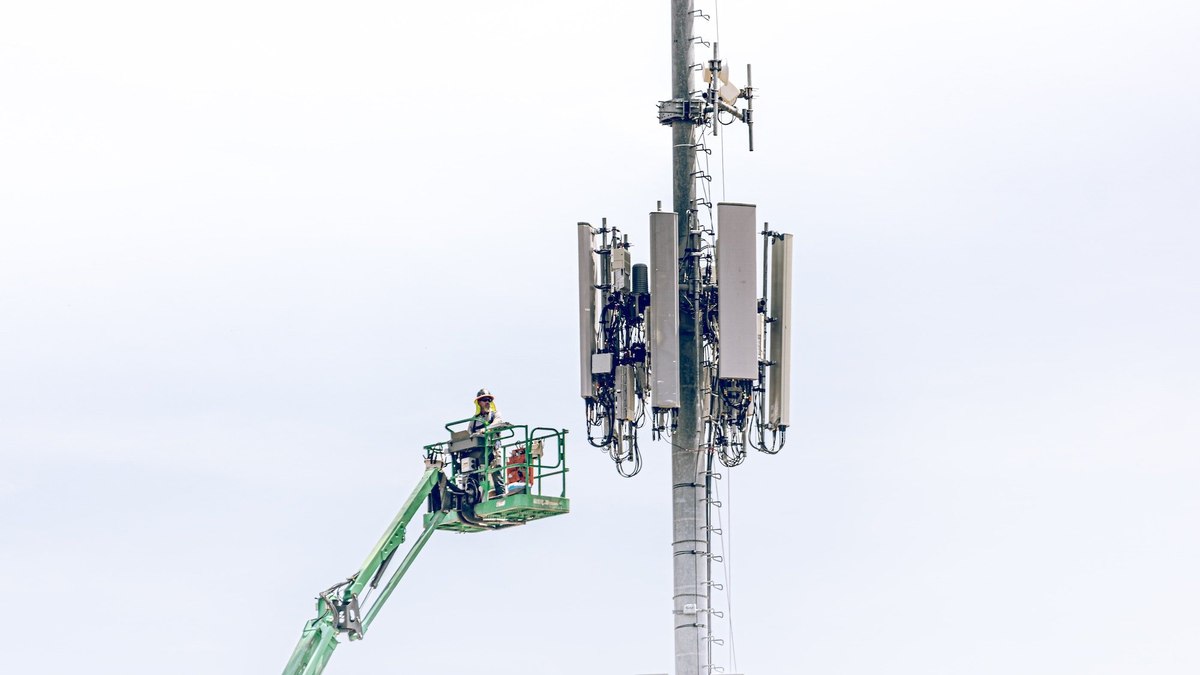
What makes older Americans switch phone carriers? And why younger Americans cell-users need speed
Since nearly all Americans have mobile service, the biggest opportunity for carriers to grow their market share is by winning over customers when they switch. According to data from YouGov Profiles, 12% of consumers switched carriers last year and 15% are considering changing in the next 12 months. This is relatively low churn on a global scale, meaning that when Americans do decide to switch, it’s important for carriers to know their needs and wants.
In the US, 15% of consumers say they’re likely to consider switching cell phone network providers in the coming year. However, this varies significantly with age. Younger consumers are more likely to be thinking of changing, with a quarter (25%) of 18–34-year-olds saying they’ll consider it in the next year. Only half as many 45-54-year-olds say the same (12%) and only a third as many 55+ year-olds (8%). In short, older consumers are much more likely to stay with their current carrier. Because older customers are so loyal, there are fewer opportunities to win them over, so it's important to understand what motivates them.
Among all consumers who will consider changing cell carriers in the next year, “value for money” is the most frequently cited reason for doings so (27%) along with getting a “cheaper deal” (27%) and “better network coverage.”
While these are important reasons for all age groups, there are some interesting variations. Broadly speaking, the older cohorts are more concerned with price, network coverage and customer service than are younger consumers. Of those who will consider changing carriers this year, 32% of those aged 55+ cite value for money as a motivating factor (vs. 27% for all ages) and a third (34%) cite getting a cheaper deal (v. 27%). On the other hand, older consumers are relatively uninterested in increasing their service. Above-55’s are below average in asking for faster connection speeds (18% v. 21%), more comprehensive deals (8% v. 15%) and bigger data allowances (11% v. 15%). Younger consumers are much more likely to care about all of these factors.
Further, YouGov data shows that handsets are best for tempting younger consumers, with 17% of 25–34-year-olds saying they’d switch because the handset they want isn’t available on their current carrier. This compares to 4% of 45–54-year-olds and only 2% of those aged 55+. It seems that while a new handset can interest a sizable portion of young consumers, those aged 45 and up are mostly indifferent to this factor.
Explore our living data – for free
Discover more telco content here
Want to run your own research? Run a survey now
Make smarter business decisions with better intelligence. Understand exactly what your audience is thinking by leveraging our panel of 20 million+ members. Speak with us today.
Methodology: YouGov Profiles is based on continuously collected data and rolling surveys, rather than from a single limited questionnaire. Profiles data for the US is nationally representative of the online and weighted by age, gender, education, region, and race. Learn more about Profiles.
Photo by iStrfry , Marcus on Unsplash